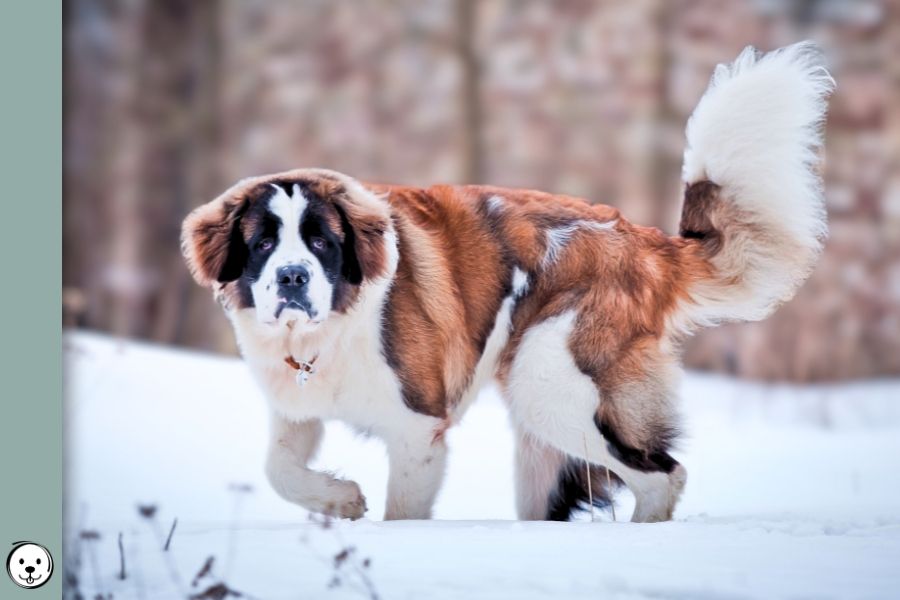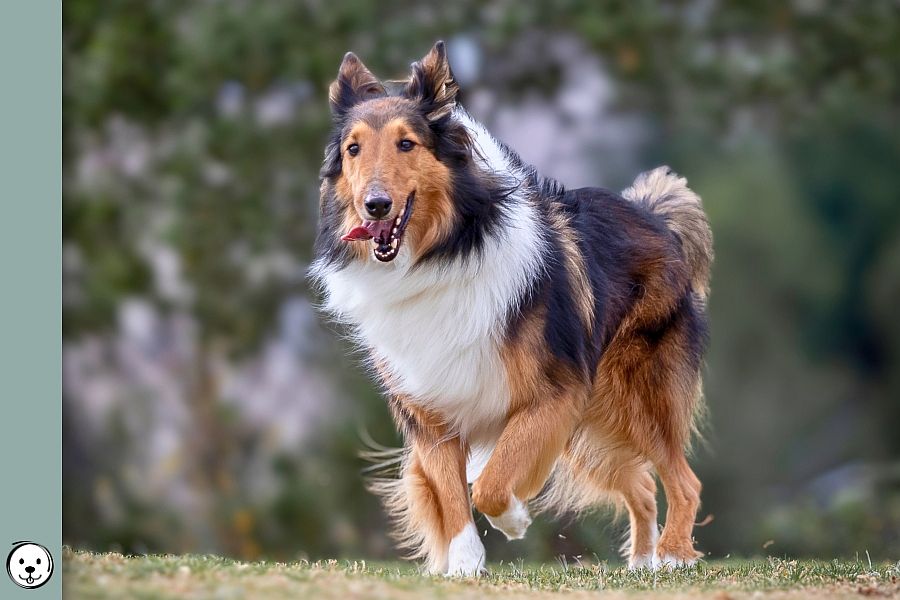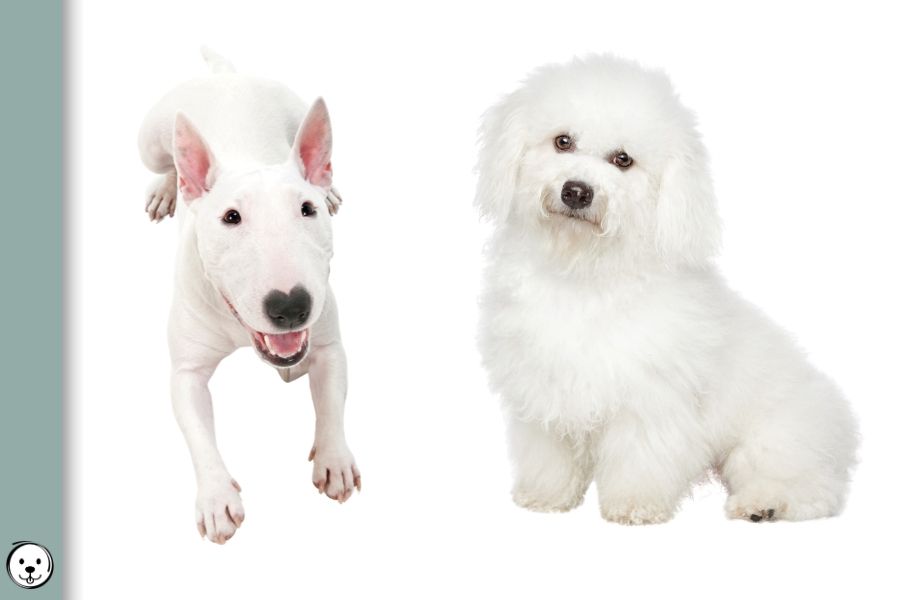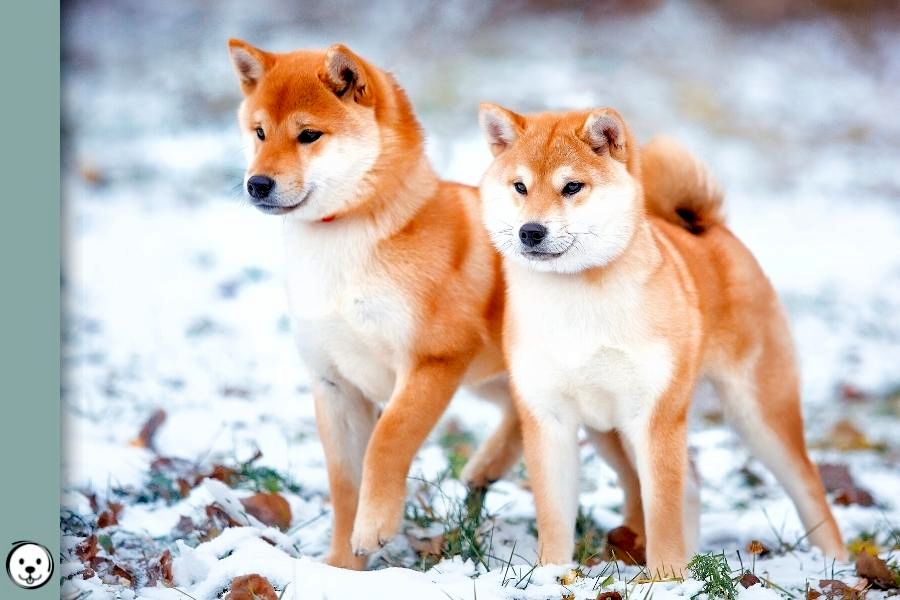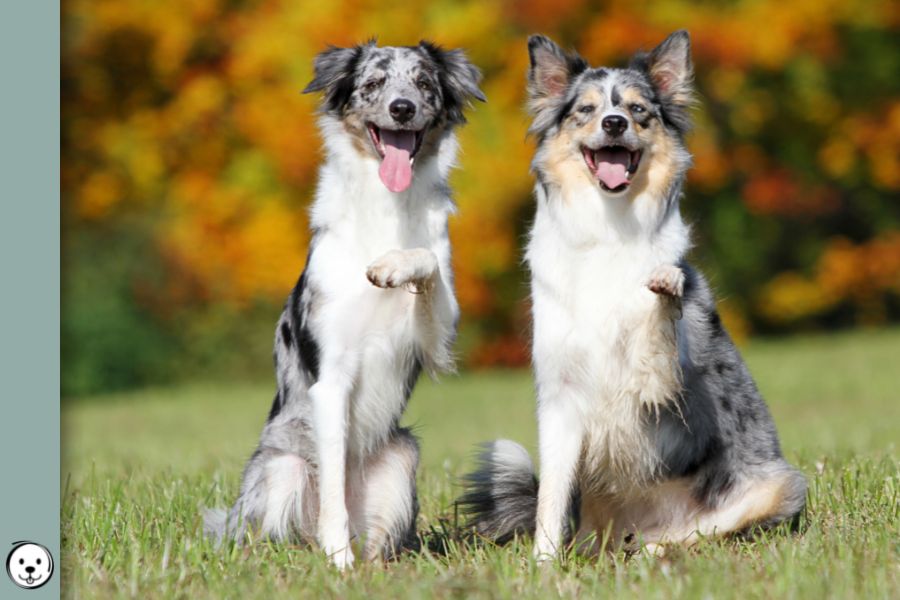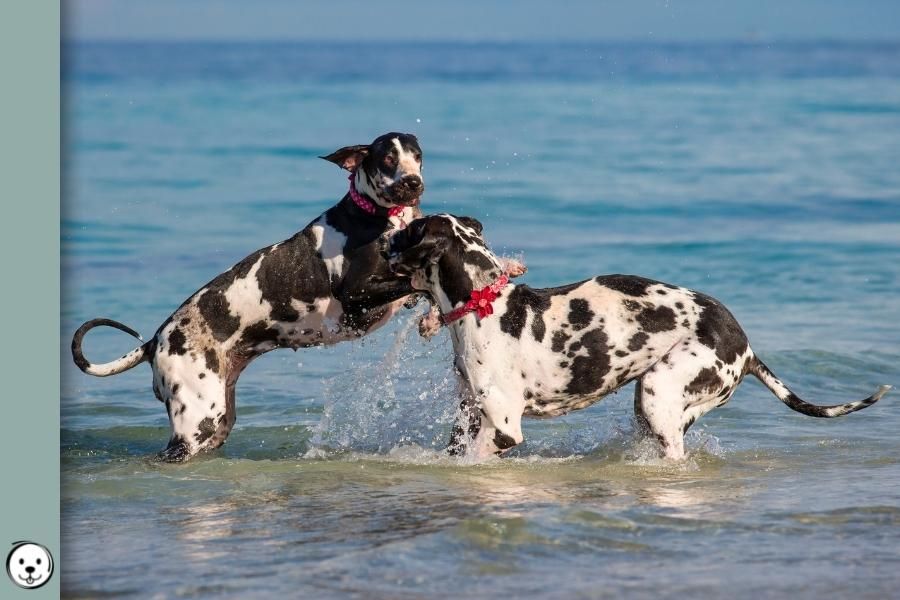Sable vs. Agouti: What’s The Difference?
What is the difference between a sable and an agouti pattern in dogs? It’s not always easy to tell sable and agouti apart. Both patterns come with some amount of hair banding on their upper body and a lighter underside. However, the type of banding and the distribution of banded hairs throughout the coat vary … Read more


